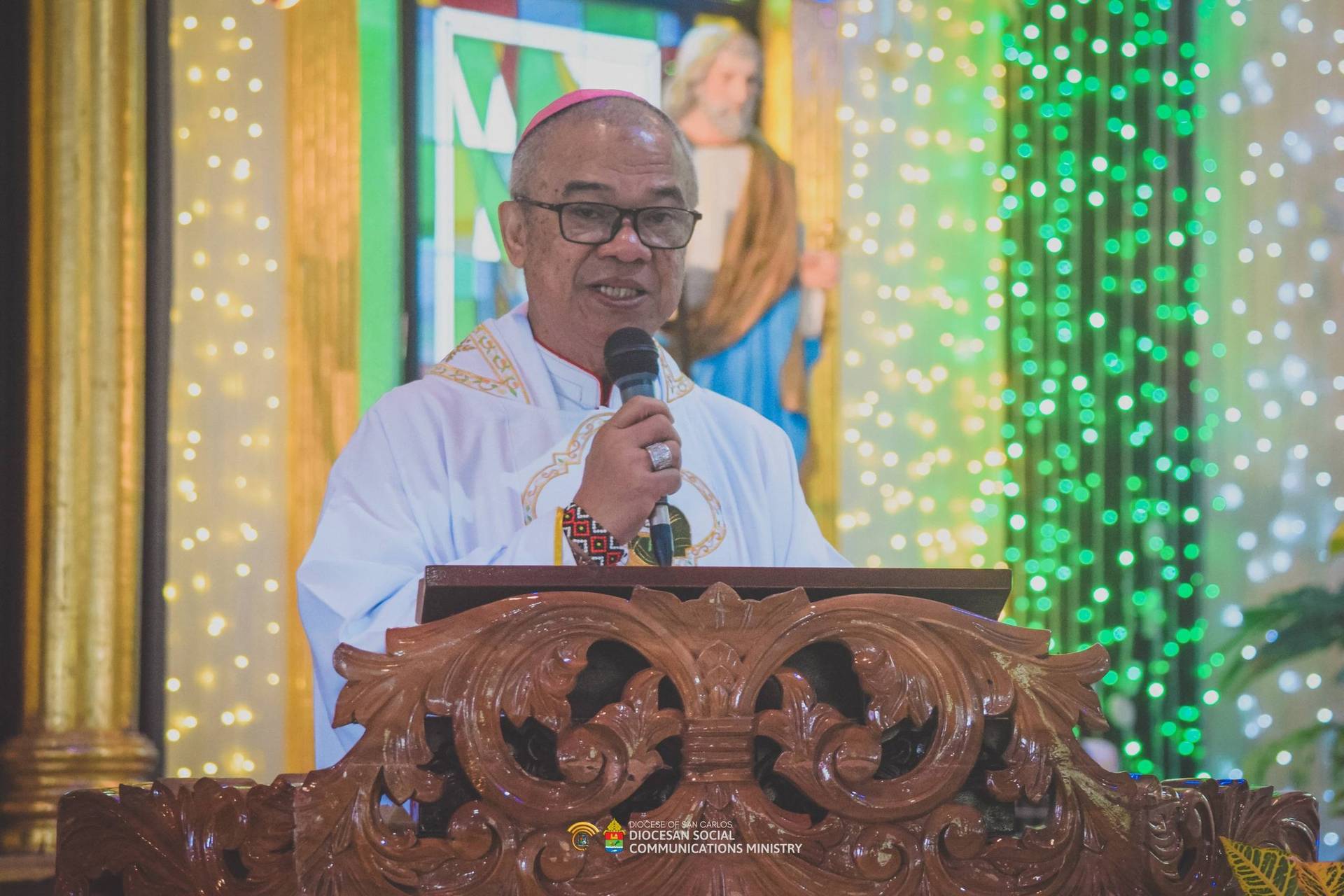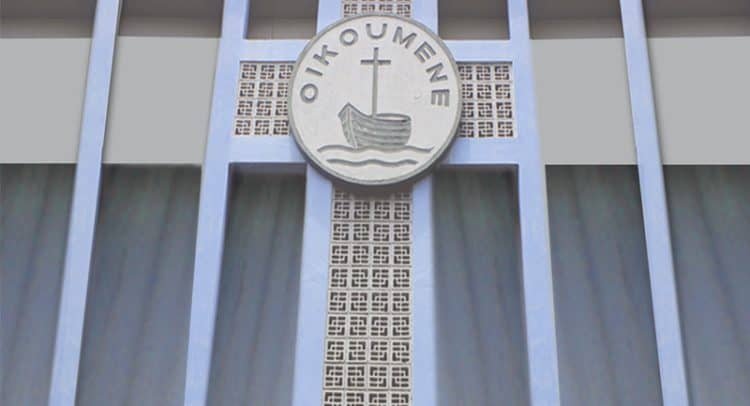MUMBAI, India – One of India’s most historic churches is suffering from “sheer negligence” by the country’s main cultural protection body, according to its rector.
The Basilica of Bom Jesus in Goa was consecrated in 1605 and houses the remains of St. Francis Xavier.
Jesuit Father Patricio Fernandes says the “colossal negligence, incompetence and inefficiency” of the Archaeological Survey of India (ASI) – a government body charged with the protection, preservation and conservation of national monuments – has led to considerable damage to the church building and could lead to further deterioration.
The priest’s remarks came in a letter to the head of the Goa Circle of the ASI.
“The ASI’s indifference towards the Basilica – considered of religious and tourist importance all over the world for several centuries – has been most shocking and unacceptable,” Fernandes writes.
Goa – then a Portuguese colony – was annexed by India in 1961, and over 25 percent of the population is Christian – compared to the national rate of 2.3 percent. Goa is considered the heart of Latin Rite Catholicism in India, and UNESCO named the churches and convents of Goa a World Heritage Site.
The ASI has been responsible for the conservation of the Bom Jesus basilica since 1967.
“The failure to undertake repairs on time and absence of proper and necessary facilities gives a clear indication that the Basilica has not been a priority for the ASI. Whether it has been the shoddy repair work, the poor drinking water and toilet facilities, lack of barricades or general maintenance work, the ASI has been guilty of gross neglect,” Fernandes said.
“Those who are appointed to restore and maintain these magnificent heritage structures seem to share their breed with the incompetent workers they hire. Such has been the inefficiency that anyone is put to the task, just because it has to be done, without proper consideration to the principles of restoration and preservation of ancient monuments,” he continued.
The priest said the ASI had shown a “shocking display of neglect and apathy,” and said the only conclusion was “that there is no will on the part of the ASI to take care of the monument and to allow the Basilica to fall into ruin.”
Of particular concern is the mausoleum holding the relics of St. Francis Xavier, the co-founder of the Jesuits.
Xavier arrived in Goa in 1542 and established successful missions in the area. He died in China in 1552 and his body was returned to Goa the next year.
Fernandes said the historic mausoleum has been suffering “sheer neglect” by the ASI.
“The bronze reliefs have turned green. The unique Mastrillian Casket, if not attended to with utmost urgency, will fall apart within a few years,” he writes.
Speaking to Crux, Fernandes said three years ago the Church invited experts from Italy to come visit the basilica and offer their advice on the casket’s restoration.
“They came to Basilica, stayed and survey for 5 days and did a detailed study and gave a feedback of what needed to be done for the Mausoleum. Later they proposed that they, the Italian experts, would come every summer and work on it,” recounted the priest.
“Afterward they had suggested that we send the casket to Florence, Italy, for one year and they would do it for free, without charge,we had only transport the casket and get all the permissions,” he continued.
However, although the Goa office of the ASI gave permission, they were overruled by the national office in New Delhi, who said the restoration should be done in India.
Fernandes said this was supposed to begin in December 2018, but nothing has been done.
“The casket is at the church since 1637… It has remained the same from the year 1637,” Fernandes said.
The priest has made several requests: Two side roofs be restored before the pre-monsoon rainy season; competent experts assess the damage done to the main roof and submit a report to church and civil authorities; immediate measures be taken to tackle an termite infestation of the structure; the safety of the walls of the basilica be assessed; that all future restoration work be properly planned and recorded with reports containing timelines for planning and execution given to church and civil authorities; and that restoration work not be given to the lowest bidder, but only to those who can professionally do the work.
“Utmost urgency, efficiency and competency are needed for immediate maintenance work, to ensure that the Basilica is not only protected, preserved and conserved for the present generation, but is safeguarded and remains intact for the benefit of the future generations,” Fernandes said.















